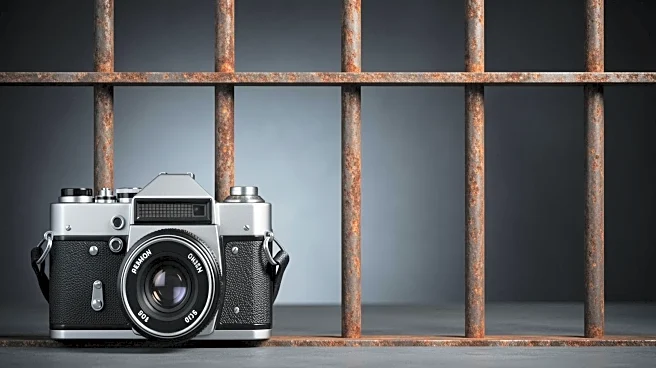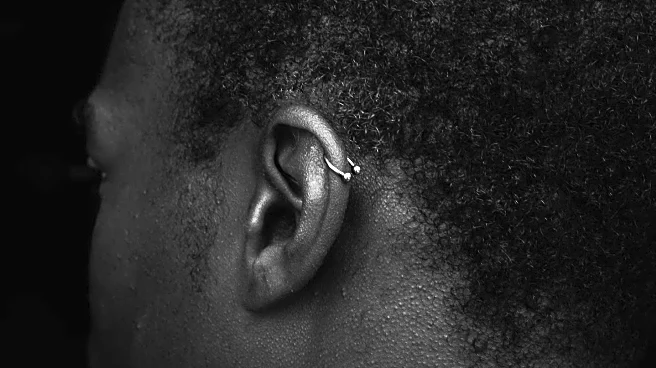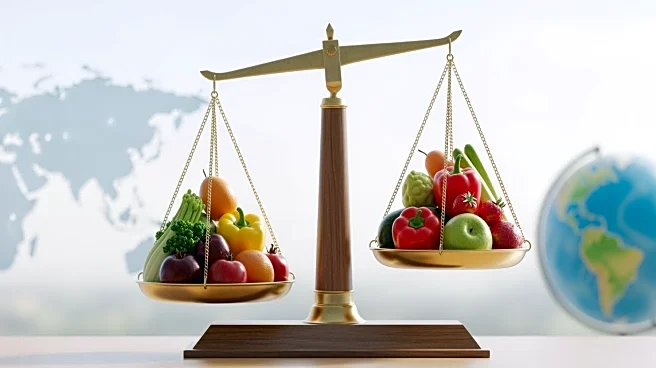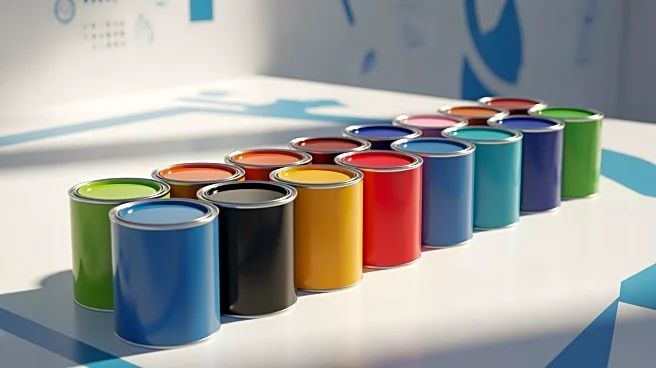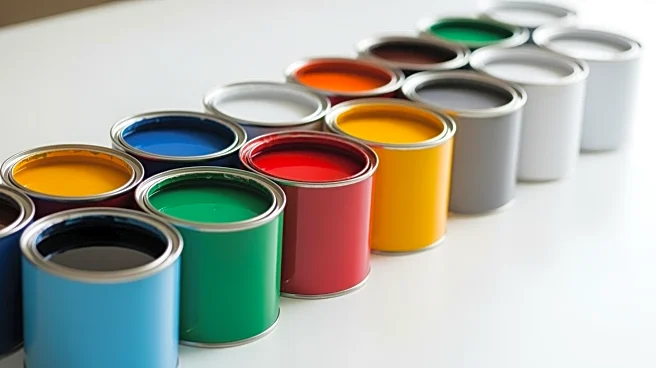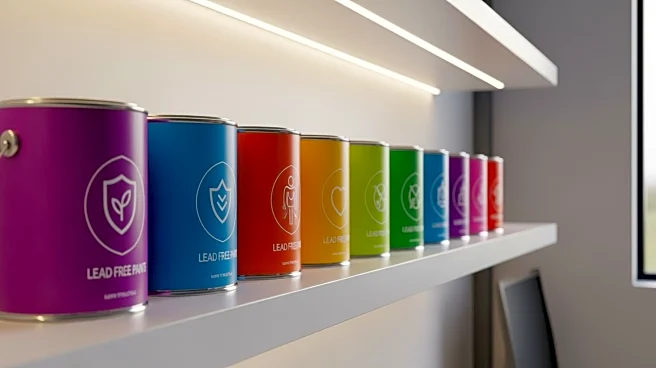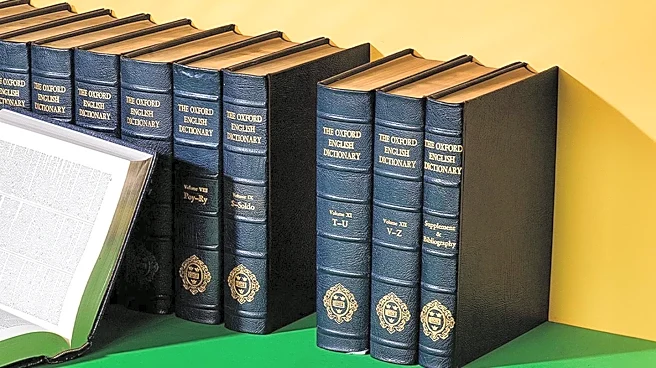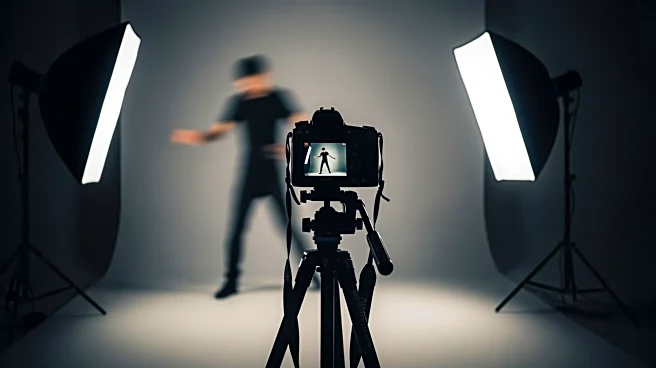What's Happening?
The African Artists’ Foundation (AAF) has announced the transition of the LagosPhoto Festival to a biennial format, with the inaugural edition focusing on the theme of 'Incarceration.' Running from October
25 to November 29, 2025, the biennial will explore both visible and invisible forms of confinement affecting marginalized communities. The event will feature solo and collaborative projects, institutional exhibitions, screenings, and talks across venues in Lagos and Ibadan. The program aims to challenge and reimagine carceral structures through the power of photography.
Why It's Important?
The LagosPhoto Biennial represents a significant shift in the festival's format, allowing for deeper exploration of critical themes such as incarceration. By focusing on the role of photography as both a tool of control and a means of resistance, the biennial seeks to engage audiences in discussions about freedom, identity, and societal structures. This event highlights the importance of art in addressing social issues and fostering dialogue, potentially influencing public perception and policy regarding incarceration and marginalized communities.
What's Next?
The biennial's expansion to Ibadan marks a new phase of growth for LagosPhoto, with plans to continue exploring themes of confinement and resistance in future editions. The event may inspire other art festivals to adopt similar formats, encouraging broader engagement with social issues through creative expression. As the biennial unfolds, it will likely generate discussions among artists, activists, and policymakers about the role of art in challenging societal norms and advocating for change.
Beyond the Headlines
The LagosPhoto Biennial's focus on incarceration raises important ethical and cultural questions about the representation of marginalized communities and the power dynamics inherent in photography. The event encourages critical reflection on the ways in which images can both perpetuate and challenge systems of control, offering a platform for diverse voices and perspectives. This approach may lead to long-term shifts in how art is used to address social justice issues and promote cultural understanding.
